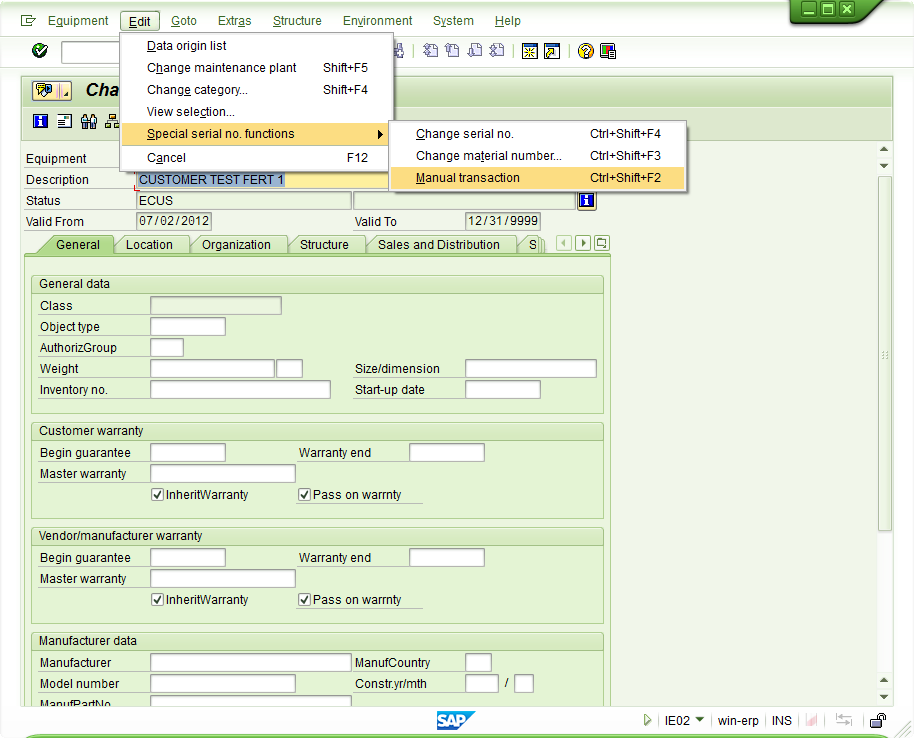Recently, I started to discover some of the nuances of setting up the layout in a web dynpro view. The simple detail I discovered is the difference between the (matrix data) matrixdata & matrixheaddata is probably obvious to many, but I fumbled with it for a while trying to figure out what the heck I was doing wrong 🙂
So, here’s the situation, I needed a transparent container to hold a group of input fields and labels. Because of some of the other things I’m doing dynamically, I chose to use the MatrixData layout. I gave the Matrix Data 2 columns, assuming that things would automatically just fill in from one field to the next. Initially, I set the labels and the input fields to be MatrixHeadData.
Everytime I executed the application, it put the label and the input field into the same column, never together in the same row. After some digging, I finally found that MatrixHeadData will always start a new row, if you want to continue an existing row, you must use MatrixData. So there’s my learning experience, that I’m passing on to all of you.
Thanks for reading, and hopefully I can save you some time when you start developing our own apps.


